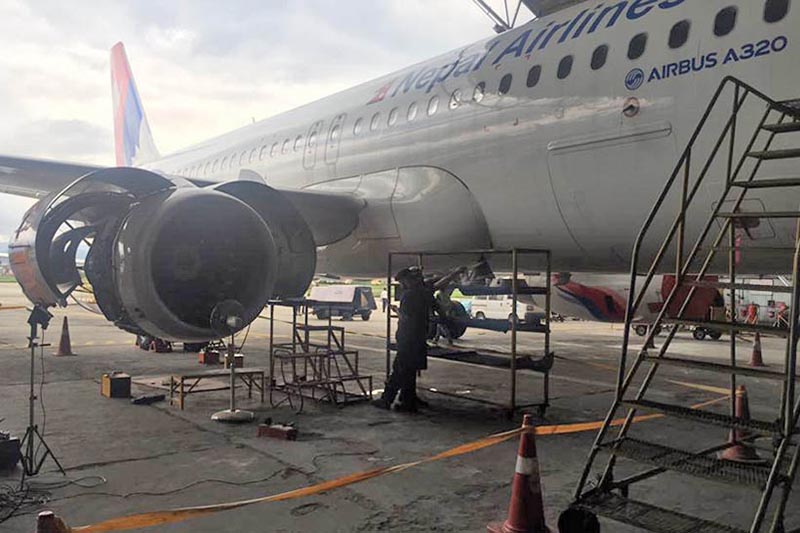Low visibility operations plague NAC
Kathmandu, January 11
At a time when Nepal Airlines Corporation is waiting for the final approval from Civil Aviation Authority of Nepal to conduct low visibility operations outside the country, the aviation regulatory body has once again been found wanting in terms of safety regulation of air carriers.
The review of safety documentation on CAAN’s flight safety regulations revealed no guidance on the issue of authorisation to operators for low visibility operations.
During winters, airports typically face adverse weather conditions that limit visibility, which in turn have costs for the airlines that result from unplanned diversions from intended destinations.
The remedy to this worldwide problem is known in aviation parlance as ‘all weather operations’ that include Category II and Category III (A&B) operations that provide a level of safety when landing in low visibility conditions — less than 1,200 ft on the runway.
“NAC is, however, in a final process of obtaining approval for its Airbus 320 aircraft to conduct initial Cat-II operations from CAAN,” officials at both the national flag carrier and CAAN confirmed. A CAAN official also admitted that the aviation regulator had no guidance on the authorisation for low visibility operations on matters like training syllabi for flight crew.
It is common knowledge that presently airports like Delhi and Hong Kong that NAC flies to are often characterised by low visibility on the runway — typically less than 500 metres — and witness long delays. Has the NAC been flying to these airports and landing in Cat-II conditions merrily without any authorisation from the purported regulator now? “Officially, it’s not!” a senior captain shared.
However, these operations that provide benefits of maintaining schedule throughout have significant associated costs for ensuring compliance with safety regulations. The costs for the airline operator include explicit approval from the regulator for its aircraft and additional training for flight crew.
The operations specifications that accompany the NAC’s legal authority to conduct commercial passenger transport clearly prohibit approach and landing operations in low-visibility conditions. “Why CAAN has no clue or interest in the highly sensitive matter despite hosting several experts from the International Civil Aviation Organisation for over two years prior to the lifting of the ICAO red-flag is indeed perplexing,” a senior NAC captain noted.
No operator shall carry out Cat-II or Cat-III operations without specific approval of director general of CAAN and unless each aircraft concerned is equipped and certified for operations with decision height below 60m (200 ft), he added. Authorisation for Cat-II and Cat-III operation is solely dependent on four elements – aircraft, flight crew, airport and operator — in order to maintain the required level of safety. “All of these elements must comply with the regulations stipulated by CAAN DG.”
NAC officials also shared that they were facing a tough time managing scheduled international operations after its A320 aircraft was grounded in New Delhi since December 25. “It has incurred a huge loss to NAC as 9N-AKW Airbus witnessed engine failure,” they said. NAC now operates two (9N-AKX Airbus and Boeing 757) aircraft to international destinations.






